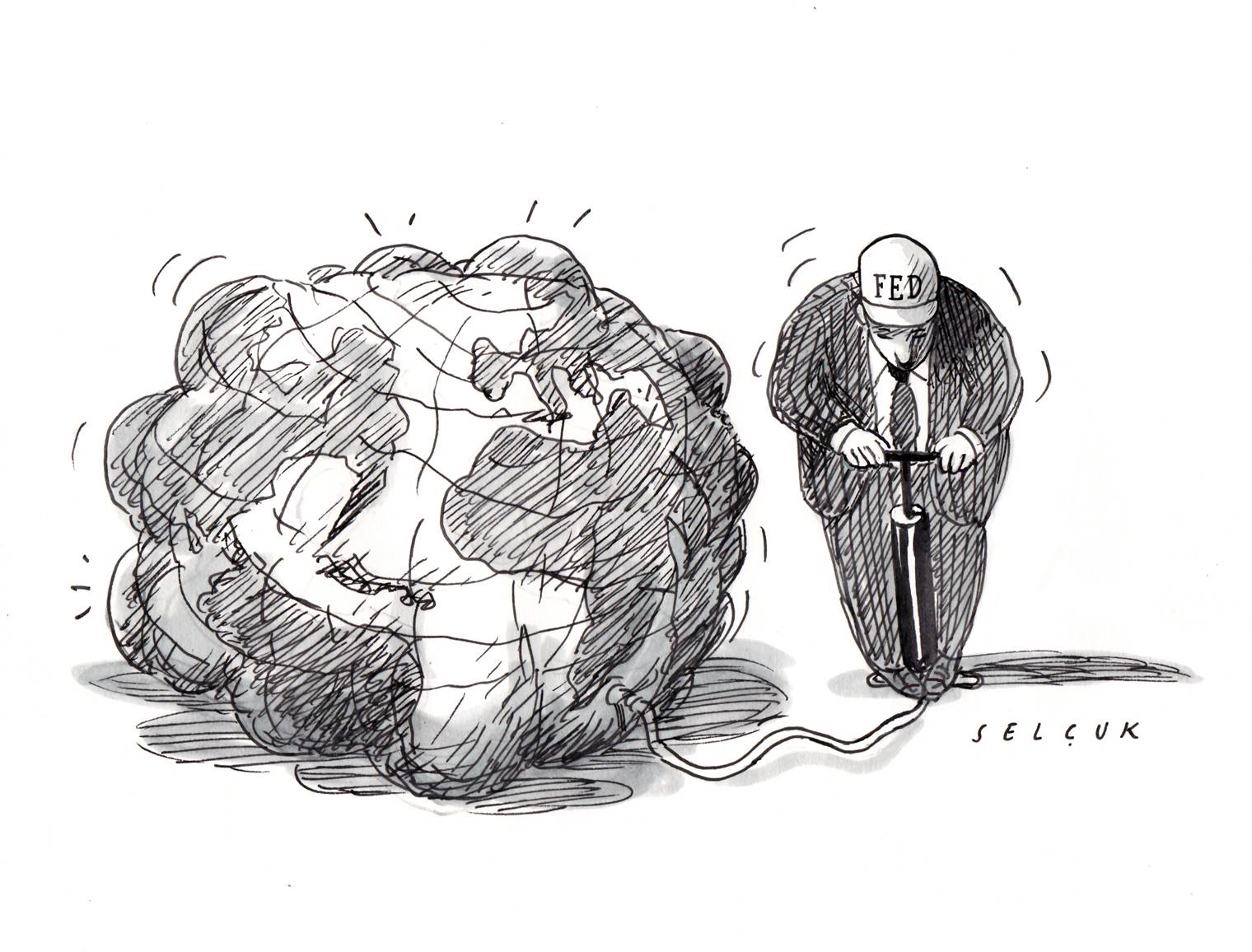“Low volatility could be ‘the quiet before the storm,’” Nobel laureate Robert Shiller told CNBC last week, adding: “I lie awake worrying.” Over the past 20 years, the CBOE Volatility Index (VIX) has closed below 10 on only 21 days, 13 of which have been in the past two months. The current streak of 270-plus days without a 5% drawdown in any of the major U.S. indices is the longest since 1996. Meanwhile, U.S. equity values continue to diverge from earnings — Schiller’s Cyclically Adjusted PE Ratio (CAPE) has only been higher two times in market history: 1929 and 2000.
Yet, despite the many bulls claiming low volatility is historically normal, and therefore not a warning sign, evidence is beginning to mount that U.S. equity markets may be near a volatility-driven tipping point. With the market consolidated (WILTW June 29, 2017) and buoyed by the lowest interest rates in 5,000 years, investors have taken on more and riskier leverage in search of yield. Compounding the risk, much of t




